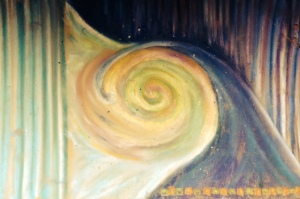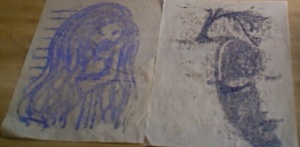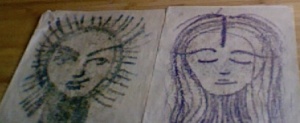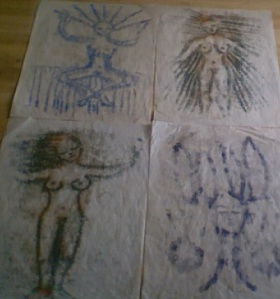 When events grow uncomfortable enough to permeate the boundaries of what I know to be true; when the discomfort of encountering a perspective that doesn’t quite fit my current worldview encroaches upon my awareness, I have a choice: I can view the new information as a problem, or I can view it as a solution.
When events grow uncomfortable enough to permeate the boundaries of what I know to be true; when the discomfort of encountering a perspective that doesn’t quite fit my current worldview encroaches upon my awareness, I have a choice: I can view the new information as a problem, or I can view it as a solution.
How can a problem be a solution? Because discomfort engages the awareness. For the first time, I can see there is something wrong. And that means I can change it.
Bear with me here: I am going to take a brief field trip away from permaculture and into neurology. Recently my sweetheart let me borrow his book on neurochemicals and it jumpstarted a whole new way of thinking about this permaculture principle.

Long ago, back in California, I attended UCLA evening classes to obtain psychology prerequisites. I sat in a huge arena-style classroom and listened as the tiny professor, audible only through the speakers behind me, expounded upon the development of the human brain. He explained that the brain “prunes”, hugely, when we are very young; a vast amount of neural circuitry is deemed unnecessary and mercilessly cut from the brain. We do this for efficient and speedy processing of information.
.
But thereafter, whenever we take in information that doesn’t fit our previous experience, the brain simply disregards it. It is only when this information reaches a critical mass, or induces a certain level of emotional discomfort, that our brain is willing to even “see” it at all.
.
This is how a person can continue to hold on to a worldview that is utterly disproved by information all around her—her brain just can’t “see” it yet, because it doesn’t match her prior experience. She hasn’t yet developed the critical mass of internal or external discomfort to create a new pathway in her brain, one that would enable her to see the information that has been there all along.

The language I learned in later counseling classes for this process, when we got into Piaget and development, was that all of us have “schemas”—ideas about how the world works—and any time we receive new information, we try to plug it into an existing schema. We really, really don’t want to have to create new schemas. It’s hard.
.
So we’ll cram new information into our old schemas any which way, however awkward the results: “oh, lacrosse? That’s kind of like soccer, but with squishy tennis rackets!” “Oh, a moose? That’s basically a big cow, with antlers.” We try to relate any new information to old information we already have, because those circuits are already there, greased with myelin for speedy processing.
We would rather believe our schemas than integrate information that disproves them. So, imagine I had a loud dog as a child, and had therefore developed the schema that “dogs are loud animals”. If I were to meet a dog that did not bark I would be likely, at first, to assume that this animal is not a dog. Dogs are loud, this animal is not loud, therefore this animal is not a dog. (This sounds silly, but I squirm when I think of how many times a day I make similar, if more subtle, errors!) I would have to be exposed to many different quiet dogs before my brain could be persuaded to adapt my schema to include both loud and quiet animals into the schema “dog”.
Similarly, if I grew up in America and never met anyone from the Middle East; if my only exposure to Middle Eastern folks was in news of terrorism, I might well develop the schema that “Middle Eastern people are terrorists.” It would take many conversations with Middle Eastern people, perhaps even a journey to experience the Middle East through my own eyes, before my brain would take the risk of altering that schema.

Our brains aren’t bad—they do this to protect us. It’s important to be able to process information quickly, and we, as animals that develop our brains through experience rather than instinct, can actually equip them to process current information, true information about the world around us AS IT IS TODAY, rather than working with instincts and ideas that were developed in a much different world, as reptiles do.
.
But to do that, we have to be able to feel discomfort, the discomfort of being WRONG. We have to be able to notice and face the information that tells us we are incorrect, rather than avoiding it. We have to be willing to revise our opinions of experiences that have felt true in the past.
.
In short: we have to have PROBLEMS!
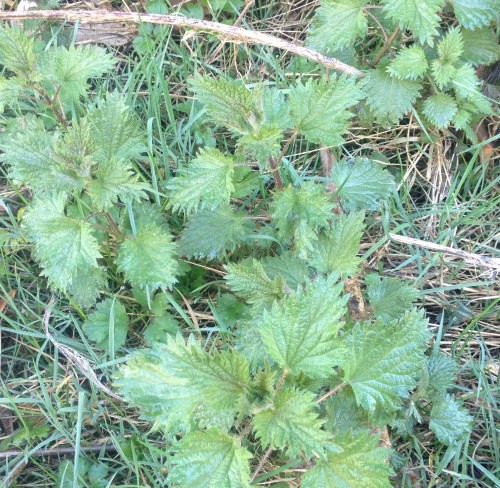
There are so many examples of problem-as-solution. Nettle juice heals its own sting. Couch grass, world’s WORST weed, choking and starving out whatever you’ve planted (sorry, not altering that schema, don’t care what godawful weeds you think you’ve discovered) makes the most incredible bio-accessible fertilizer for your garden when brewed into weed tea. Ever heard of the wounded healer? Folks who have been through terrible things and have gone through their own healing process make incredibly compassionate, informed healers. Think of vaccines: disease healing disease.
.
My sweetheart’s neurochemistry book says that there are two ways you can make new circuits as an adult. One is through overwhelming emotion. For example, if you have always loved chocolate cake, and then one night as you are eating a piece of chocolate cake you learn that your best friend has died, your schema for chocolate cake is going to change. You won’t associate it with happiness anymore, you’ll associate it with grief. Overwhelming emotion can rewire our circuits instantaneously.
.
The other way to make new circuits as an adult is through repetition. This entails laboriously repeating a behavior again and again until the brain takes to it. I am getting married in two weeks, and as a form of purification and ritual readiness, my honey and I decided to do thirty days of clean eating.
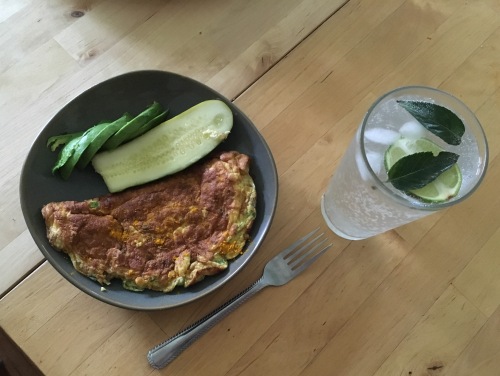
notice how there is no toast with jam. 😦
We’re two weeks in, eating only whole foods, no sugar, dairy, alcohol, or grains, and boy is the repetition grueling. I want my tea with milk and sugar every morning. But EVERY MORNING, I don’t have it. And slowly, my brain is building a circuit that says “black coffee is an acceptable substitute for milky, sugary tea in the morning.”
.
Did I say slowly? It’s SLOOOOOOOOOOOW. I WANT MY TEA WITH MILK AND SUGAR! But this morning, I didn’t even reach for the teapot. I automatically took down the coffee beans. It is slow, but it is happening.
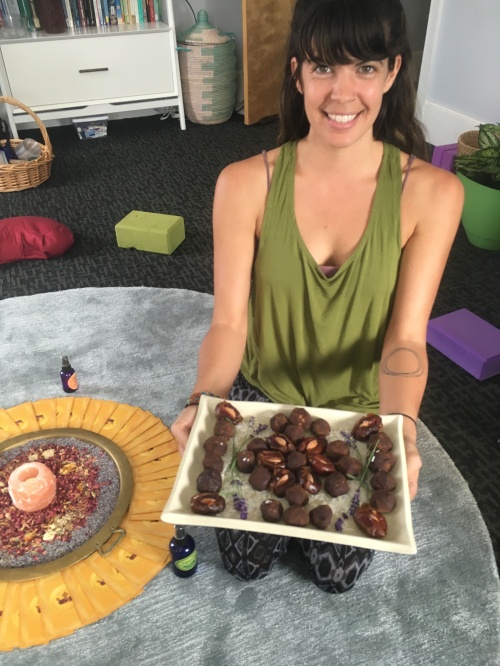 On Wednesday night, we had the magical experience of using both deep emotion and intermodal artistic repetition to build new circuits in the brain. It felt AMAZING in that room.
On Wednesday night, we had the magical experience of using both deep emotion and intermodal artistic repetition to build new circuits in the brain. It felt AMAZING in that room.
.
Maeve had found live musicians, at the last minute, and as we engaged in our kundalini kriyas, they drummed and played for us. We could feel, tangibly, the problems resolving to solutions in our bodies, the ways physical stress can lead to joy.
.
We used co-counseling to explore the self-critical and maladaptive voices that repeatedly shut us down. We identified these voices, gave them names, and then embodied them in a role play that led to terrible, stagnant feelings. Hooray! Deep emotion activated!
.
Then we spent some time on art, using color and shape and line and symbol to discern what was behind these voices, what unmet needs they represented. The unmet needs told us the desire these voices were hiding. Perfectionism can be a desire for acceptance, for example, and unworthiness can be a desire to feel valid.
.
We embodied the desires, this time, and the joy in the room was palpable. Hooray! More deep emotion!
.
And then the art we had made about critical voices became seeds for paintings of our desires, and the room filled with extraordinary color and swirling light. Problems transformed into solutions right before our eyes. There was silence and laughter and a deep sense of creation.
.
This is what I so love about the Expressive Arts. If you want your life to transform, deep emotion and repetition have to be engaged. When the emotion is evoked by lovely music, by delicious motion, by moving and heartfelt words, by brilliant colors and lines and brushstrokes and shapes; when the repetition is engaged by exploring a theme first through art, then poetry, then movement, then music; the transformation happens seamlessly. And it is passionate and powerful and safe and lasting.
.
I love this about permaculture too. Yes, the world is full of terrifying and desperate problems. But as we learn from nature and repetitively, with deep passion and emotion, apply her solutions to the land around us, we gain agency and hope. As we transform problems into solutions, again and again, we find that we are transforming not only ourselves, but also the world around us.
~~~~~~~~~~~~~~~~~~~~~~~~~~~~~~~~~~~~~~~~~~~~~~~~~~~~~~~~~~~~~~~~~~~~~~~
This workshop series has been a source of great delight for me over the past month. I am so grateful to Maeve for co-facilitating with me, and so grateful to all who attended the workshops, responded to these written reflections, and gave me feedback on the concepts and ideas we explored.
I am by no means finished playing with this ecotone of permaculture and psyche….I will continue to wonder and write and inquire into all of the interesting interfaces between ecology and psychology. Stay tuned for the BOOK! ❤️
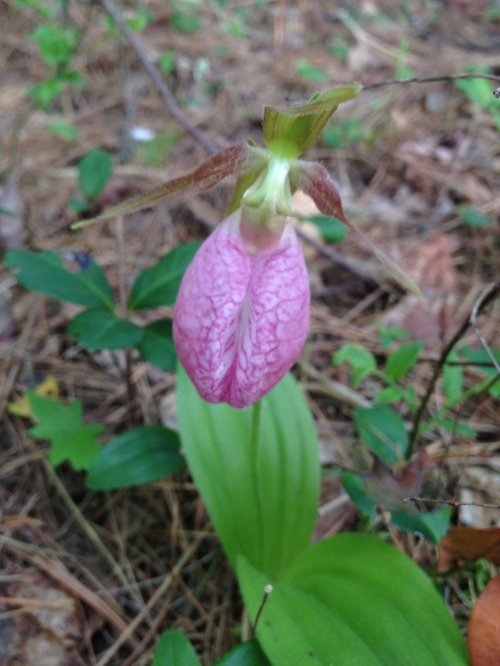

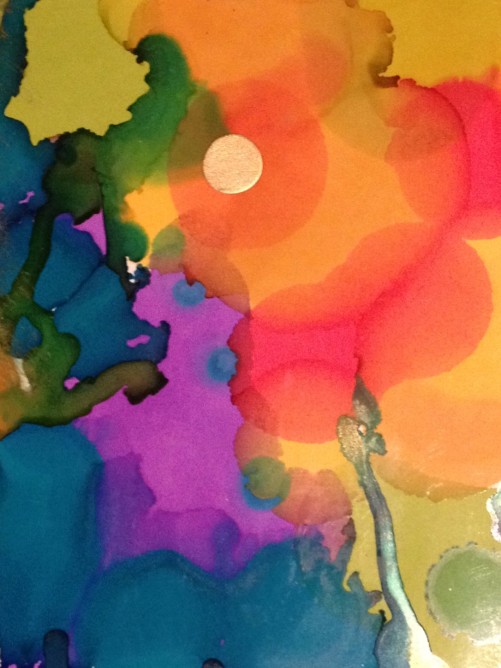




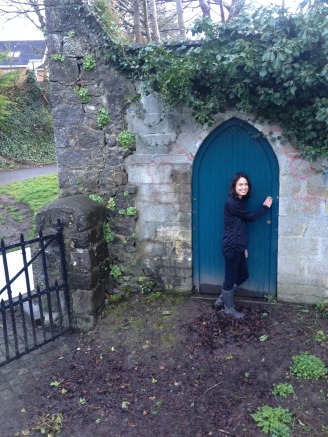

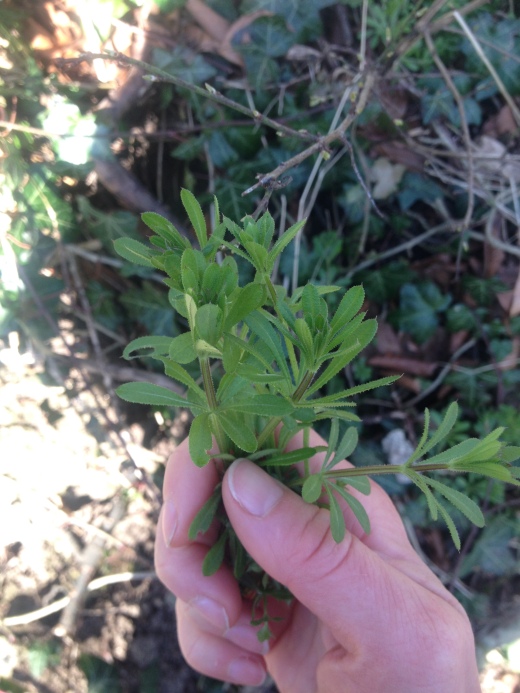
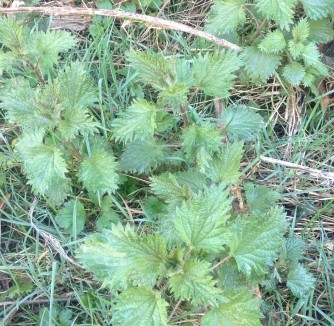

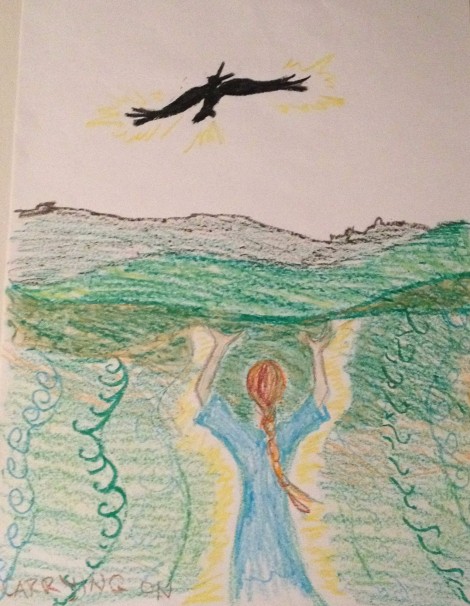
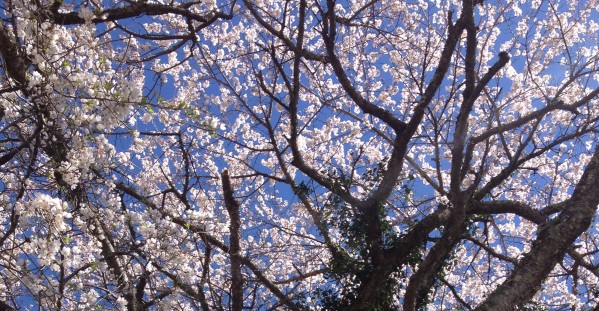

 This is especially scary, I think, because I have a fear that if I pay attention to the darker parts of life, I will somehow lose my way and fall entirely into darkness. This is a shadow of the relentless “spiritual” drive to purify and enlighten and transcend, and it comes at the expense of authentic experience. Somehow I have taught myself that joy is more valuable than sorrow, that happiness and idealism are more important than anger or fear.
This is especially scary, I think, because I have a fear that if I pay attention to the darker parts of life, I will somehow lose my way and fall entirely into darkness. This is a shadow of the relentless “spiritual” drive to purify and enlighten and transcend, and it comes at the expense of authentic experience. Somehow I have taught myself that joy is more valuable than sorrow, that happiness and idealism are more important than anger or fear.



